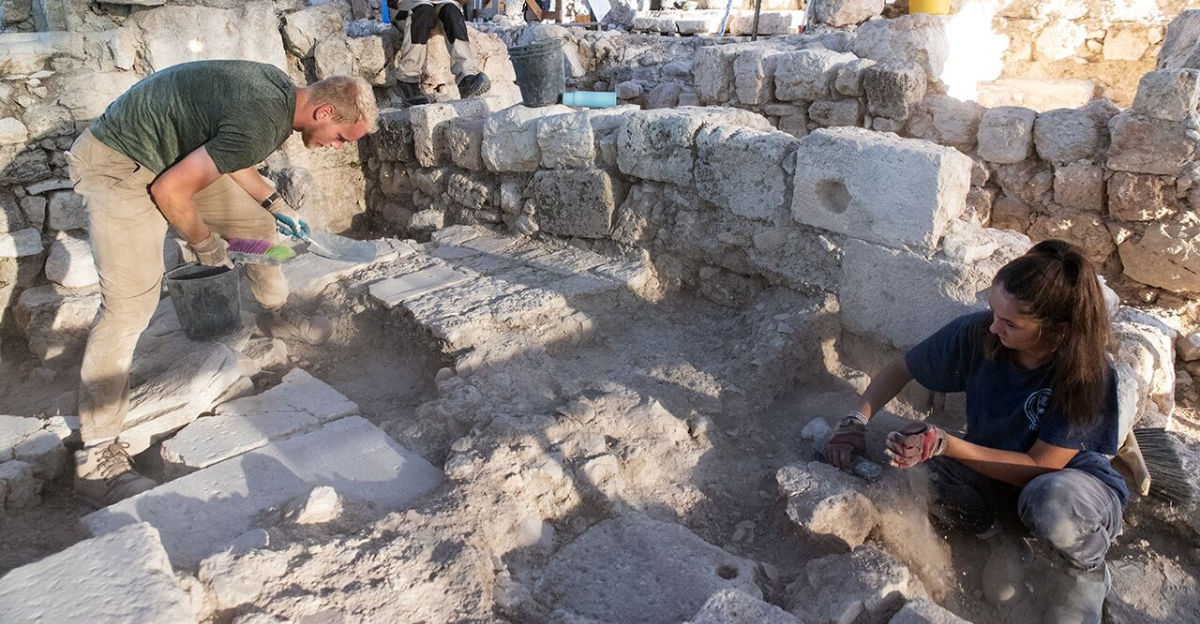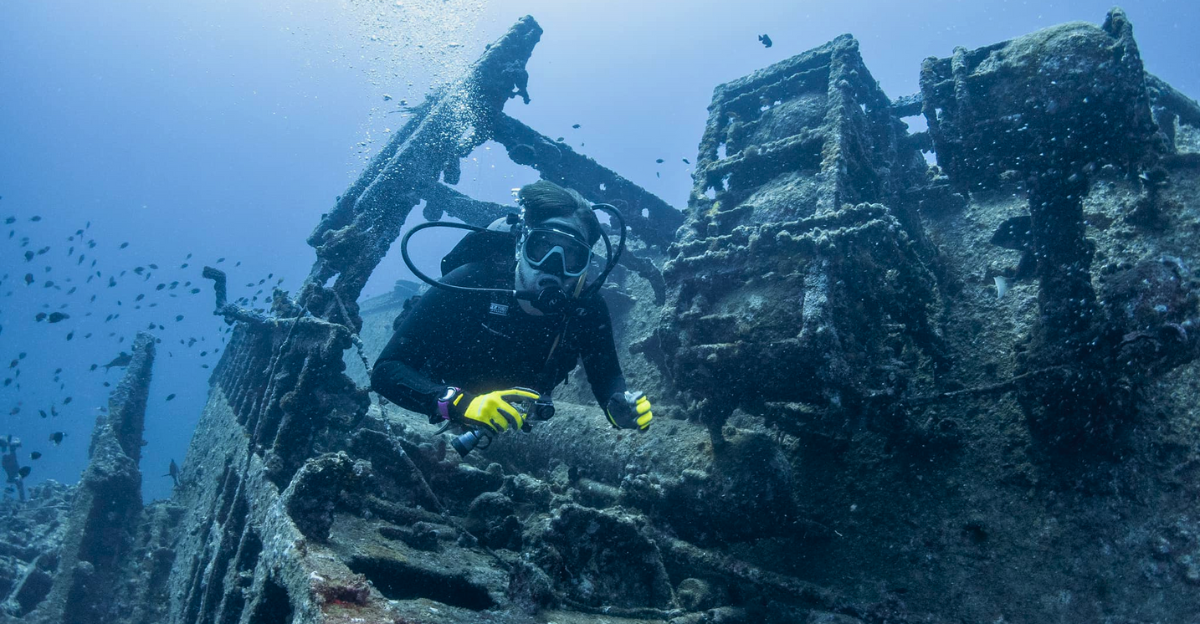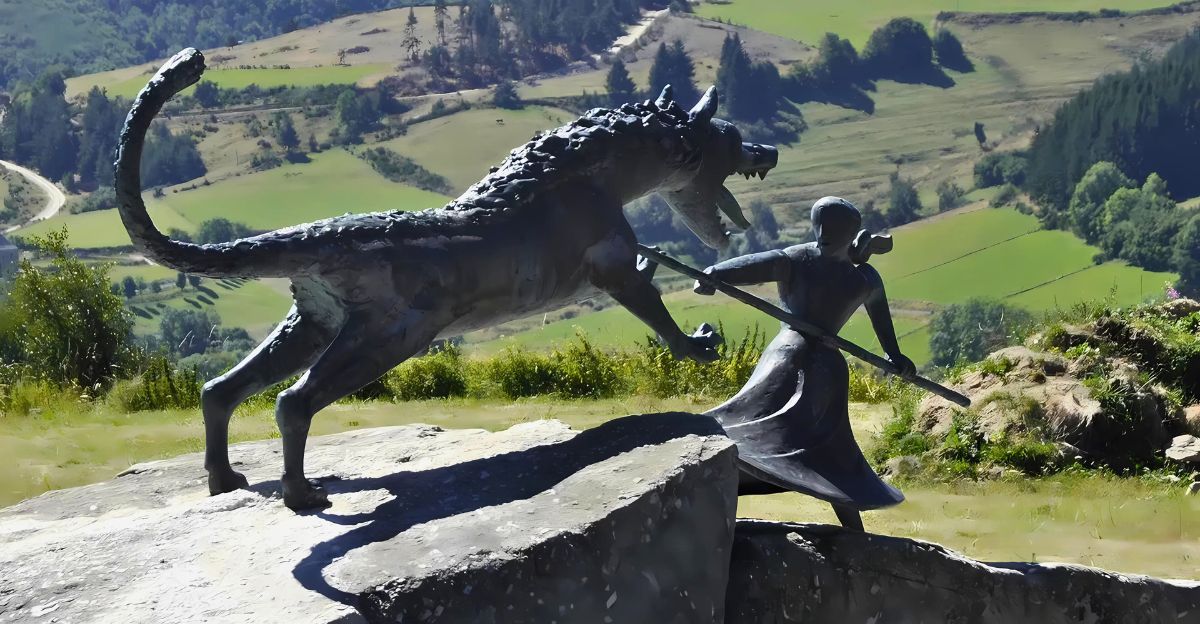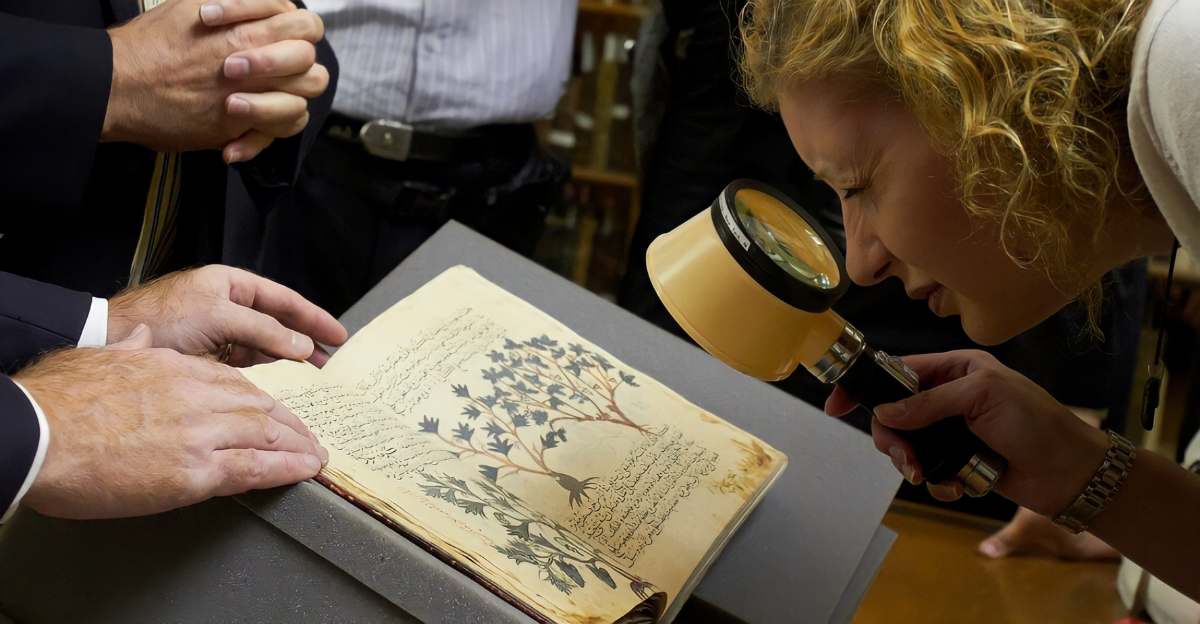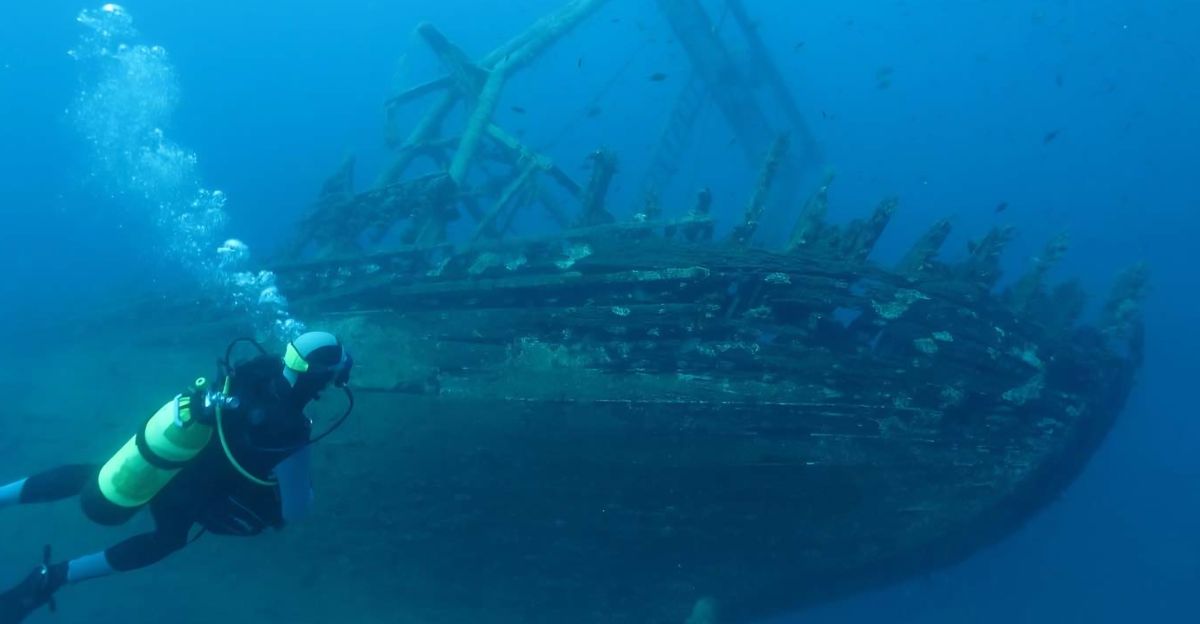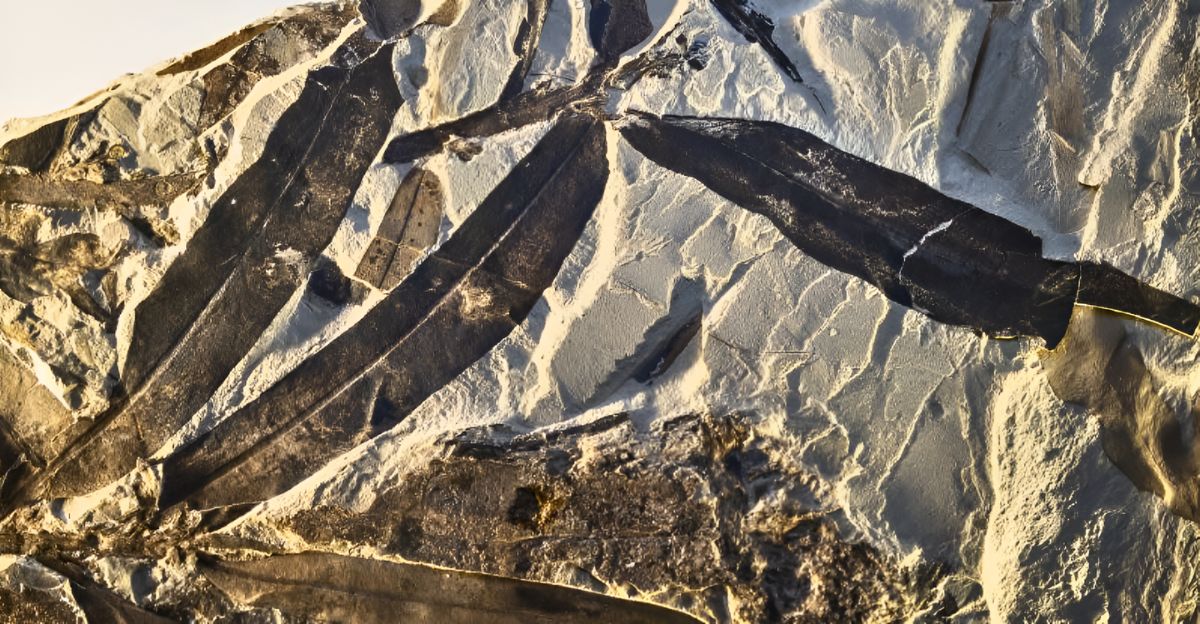
An expedition ventured deep into the ocean waters off the west coast of Canada. The submersible kept moving through the dark depths until it neared an ancient volcano. It was here that researchers stumbled upon a beautiful and majestic sight on the ocean floor—millions of them scattered about, more than they could possibly count.
The countless lifeforms present at the bottom of the ocean floor had been severely overlooked. Still, now they were right there, just underneath the submersible, as the scientists watched from the cameras. They knew that these golden eggs were a special find.
The Isolated Depths

Most wouldn’t want to be in the depths of the ocean, but that’s exactly why researchers can often make amazing discoveries and learn more about the least explored place on the planet. More than two miles down, the temperatures are frigid, and few creatures have adapted to see at these depths.
Researchers believed that there wasn’t a lot of life in these regions, but an unexpected discovery would highlight that even the darkest recesses of the planet can be teeming with life.
A Strange Volcano

Near where the research team would find the golden eggs deep beneath the sea, there is a submerged volcano that many believed was extinct or lying dormant. However, in actuality, the volcano was active and warming up the ocean water around it.
Underwater volcanoes are usually present around hydrothermal vents, which release warm water into the otherwise frigid environment, creating new opportunities for life to cling onto. This warm water in the depths of the ocean supports a diverse microclimate. The researchers became all too aware of this as they neared the ocean floor and saw rows of millions of items in the dark.
Something In The Dark

The submersible dragged through the black water, its lights the only thing guiding it in the darkness. Then, out of nowhere, they highlighted something down on the ocean floor. They were a peculiar sight from a distance, and the researchers knew they needed a better look.
The submersible moved closer, and then everything was revealed. These rows of objects weren’t part of the natural landscape but organic eggs being laid by a creature in the confines of its hidden nursery. Later, researchers would calculate that there were more than two million of them.
The Creature They Came From

These eggs looked bizarre and alien to a layman. Marine life often finds unique and strange ways to reproduce. This is the case with the mother who had left these eggs here, where the nearby volcano activity meant that the water was a pleasant temperature. Once identified, the eggs were found to belong to a relative of both sharks and rays.
The Pacific white skate is a truly unique marine animal. It looks like a hybrid between a shark and a ray. It has a haunting white skin tone and black eyes. The skate inhabits some of the coldest places on Earth and lays enormous eggs that take years to incubate and eventually hatch.
The Perfect Environment

The deeper the ocean, the colder it gets. This means that many forms of life cannot withstand these extreme conditions. However, some have adapted uniquely and used the inhospitality to their advantage. Because there isn’t much life down here, the skate can rest assured that its eggs won’t be stumbled on by a hungry predator.
The volcano’s warmth is another reason the skate lays its eggs here. While not always necessary, the heat should only encourage the development of the embryos inside the eggs, which can take up to ten years in an otherwise cold environment. The survival of the young will be boosted the faster they can develop, and so the skate chooses this ideal location.
An Isolated Nursery

The researchers’ stumbling upon his isolated nursery didn’t just show them a closely guarded secret; it also gave them a deeper insight and appreciation into how ecosystems can be built around natural formations like volcanoes.
This nursery can’t be the only one, and since its discovery, researchers are convinced that hundreds or thousands more in similar conditions could be waiting on the ocean floor, perfectly hidden away from potential predators and waiting to one day be set free.
Capturing A One-Of-A-Kind Moment

The footage that the researchers captured is pivotal. It showcases a skate laying an egg for the first time ever. The camera managed to capture the once-in-a-lifetime moment that probably won’t be seen again for a very long time, if at all.
The eggs were deposited onto the ocean floor, where they were warmer than the rest of the environment. This highlights just how resilient nature can be in the most extreme conditions. The research team made sure not to disturb the skate or its eggs and watched safely from a distance.
An Old Marine Species

The millions of eggs sit, waiting to be hatched, but this is nothing new. The Pacific Skate is a marine animal that has survived for millions of years without the need to evolve. They have remained unchanged since the middle Devonian and possibly even earlier.
Although the concept of using volcanic waters as nurseries might be new, it’s possible that they have been doing this for millions of years without the need to change anything. This technique must have been refined before recorded history and has been working for the species exceptionally well.
Heat’s Role In Sustaining Life

Heat has a long role in sustaining life. Many animals need the proper temperature in their environment, or else they will die out.
This could e true for some of the first life that developed on the planet, and it was possible they came from the same heat sources that sustain the Pacific Skate’s eggs – hydrothermal vents.
Shifting Temperatures
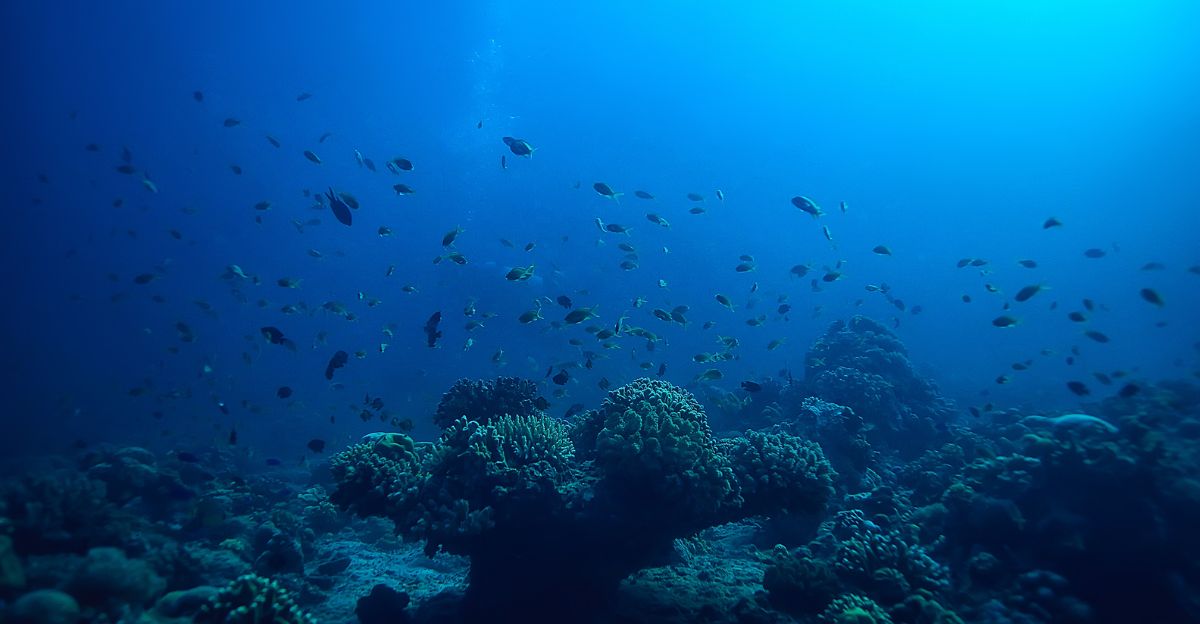
The Pacific Skate is one of many animals, both in the water and land, that show us how they have mastered the manipulation of heat in order to survive.
However, in a planet where temperatures are slowly rising, this also has implications on how they will effectively evolve and ultimately survive. This highlights why conservation is extremely important in protecting both marine and terrestrial habitats from climate factors.
Still An Enigma

The ocean is still an enigma to modern science. Estimates suggest that we’ve only explored about 20% of the ocean, meaning that there is still the opportunity for many more discoveries as expeditions set out on the frontier of what’s known and what isn’t.
This new discovery highlights how we might have underestimated the resilience of ocean life and how it reproduces and ultimately survives in hostile places.
The Future Of The Discovery

The findings are extremely important, and a full study is expected to be published in the future, along with additional footage being released. The volcano will continue to be watched closely in the context that it can facilitate life instead of extinguishing it.
The implication that there are more of these deep nurseries has intrigued the scientific community, and it’s possible more expeditions could set out specifically looking for them.
Knowing Very Little About Our Planet

While humanity has let its curiosity get the best of it and explored much of the terrestrial environment that the planet has to offer, we’ve really barely scratched the surface.
With around 70% of the Earth being covered by water, we still have exciting ground to cover, and only the future will show us what amazing sights we still have to discover.
Uncover more fascinating moments from history — and hit Follow to keep the stories flowing to your feed!

Don’t miss more incredible stories from the past! Tap Follow at the top of this article to stay updated with the latest historical discoveries. Share your thoughts in the comments — we’d love to hear your perspective!

